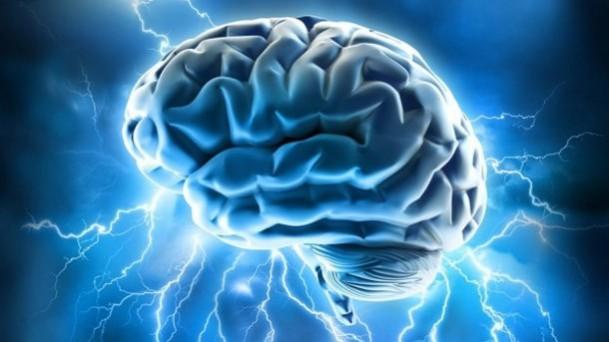
A team of scientists claims to have identified the region of the brain responsible for autism and other disorders within its spectrum.
There's a spanking new 'organ' in your body... meet the Mesentery
The disorders, collectively known as Autism Spectrum Disorders (ASD), are increasingly prevalent across the world, largely due to advanced testing measures.
Now, a team of researchers have used MRI scanning technology to locate the area of the brain linked to behavioral patterns in those with ASD.
The team, led by Dr Joshua Henk Balsters, ran a series of scans on people suffering with ASD and those who weren't, in the hope they could pinpoint differences in brain activity, which would lead them to the region responsible for the disorders.
During the scans they found changes in the gyrus of the anterior cingulate cortex (an area of the brain the responds when one experiences surprise).
The findings, which were published in the latest edition of the journal Brain, showed that people with ASD found it difficult to identify another person's expectations, but they also lacked the brain response -- seen in other people -- when they experience surprise.
The findings are critical, however, because with the area of the brain identified, drug therapies and neurofeedback training now have a target to aim at.
According to the Centre for Disease Control (CDC) about 1% of the global population has an ASD, with the prevalence in the US increasing by a 119.4% between 2000 and 2010.
One in 68 people in the US are believed to have ASD, according to CDC statistics.
A 2014 study published in the journal JAMA Pediatrics state that the US spends $2.4 million on a person with ASD, while in the UK that amount is $2.2 million. The costs relate to residential care, special education, etc.
The CDC stated in a report in March 2016, that only 43% of Americans identified with an ASD received comprehensive developmental evaluations by age 3.

















